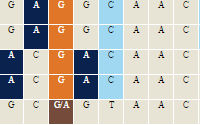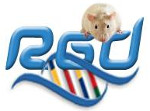Gene Ontology Annotations Click to see Annotation Detail View
Biological Process Object Symbol | Species | Term | Qualifier | Evidence | With | Notes | Source | Original Reference(s) | Ptgs2 | Rat | cellular response to mechanical stimulus | | IEP | | | RGD | | Ptgs2 | Rat | negative regulation of smooth muscle contraction | | IMP | | | RGD | | | |||||||||||||||||||||||||||||||||||||||||||||||||||||||
|
|




















